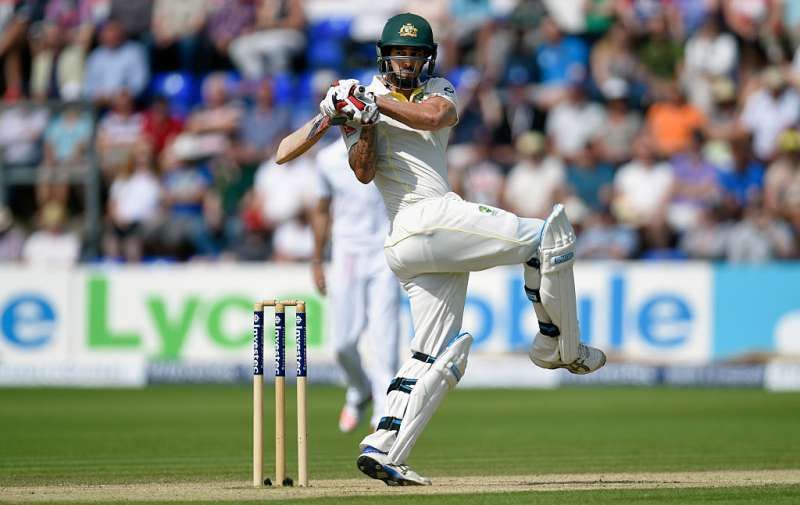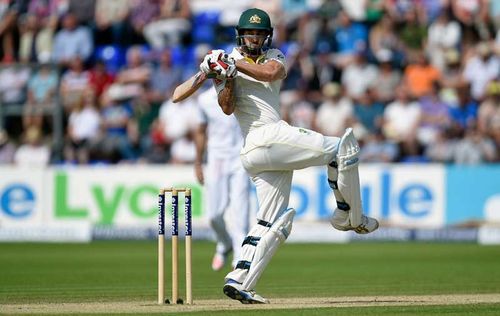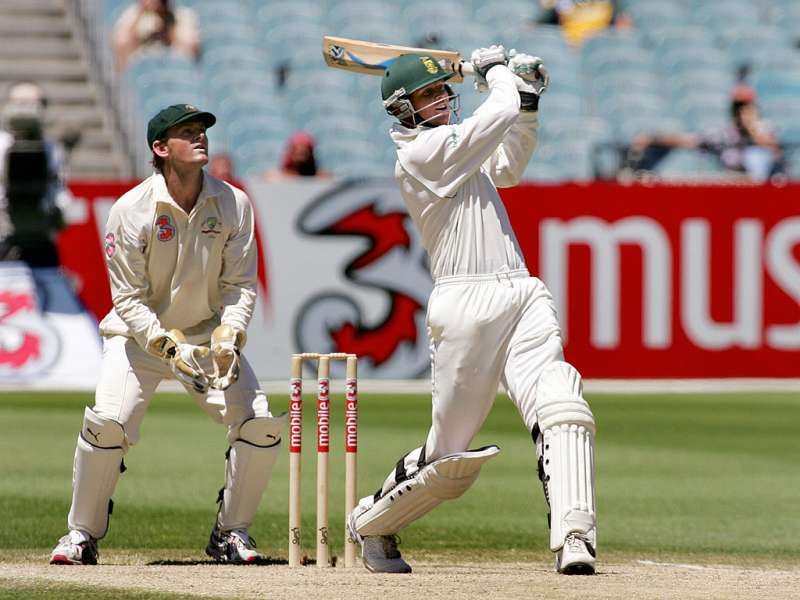
5 lower order Test batsmen that deserve genuine appreciation
Cricket is one of those games, where you might be pathetic in one or two disciplines of the three and still make it to the team. And yet, you’ve to face the ignominy of going out and doing that job when the team needs it, however, bad you are at it.
Fast bowlers have been mortified in the past, batting as sitting ducks at No.11. Bowlers generally dish out special stuff to their opponent bowlers. No.8 to No.11 are, therefore, embarrassingly enough, referred to as tail-enders.
But, when the tails 'wag,' teams win big time because it demotivates and deflates the opponents. Over the years, in Test cricket, the No.8 batsmen have been a very, very valuable player. He does his job with the ball and anything that he adds with the bat seems to be a bonus.
Thus, the No.8 spot is generally reserved for bowlers who can handle the bat pretty well. So, what defines a No.8 batsman? A good No.8 ensures the batting line-up is lengthened and the opponent bowlers have to fight just when they think they’ve gotten the job done.
So, what are the qualities a No.8 batsman must possess?
Mostly two. When he is batting with a proper batsman from higher up the order, he should show the maturity to last and support the man at the other end, while rotating the strike. It needs the batsman to be smart and sensible.
Secondly, if the No.8 is playing with No.9 to No.11, he or she would do well to get some quick runs while farming the strike. If a tail regularly contributes more than 50-75 runs to the total, teams almost always find themselves in a comfortable position.
Here, we take a look at some of the best No.8 (or lower) Test batsmen in the history of the game. The factors we have considered are:
#1 Runs with a qualification of at least 1000 runs which rules out some good No.8 (or lower) batsmen amongst the current crop like Matt Craig (589 runs at an impressive 36.81) from New Zealand, Jason Holder from West Indies (567 runs at 33.35).
#2 Balls faced. Some good No.11 and No.10 batsmen have a reasonably good average, but that is largely because of the number of not-outs they have. A good measure of a good batsman is how many balls he has faced in tight situations, making the opposition sweat for his wicket. We are looking at No.8 (or lower) batsmen here who have faced at least 2000 deliveries, which is a reasonably good amount of time spent out in the middle.
#3 Milestone scores like half-centuries and centuries, something not expected from bowlers but always a huge incentive.
#4 We are also leaving out genuine batsmen who have batted at No.8 (or lower) because of a night-watchman batting up the order, or wicket-keepers who have batted at No.8 (or lower) like Mark Boucher.
#5 Shane Warne, despite being the second highest run-getter at No.8 or lower with 3008 runs is left out for his lower average – 17.79, especially when the list has at least a dozen No.8 (or lower) batsmen with averages over 20. Similarly, Kapil Dev, despite scoring 1967 runs at 32.78 at No.8 or lower position is left out as he was a genuine all-rounder who qualifies more for No.6 or No.7 than for the tail.
Here are some No.8 (or lower) batsmen who have excelled at frustrating the opposition from a position of weakness but not in any order. (Stats Courtesy: Cricinfo)
#5 Shaun Pollock
Pollock’s cricketing genes were unquestionable. One of Cricket’s most upright characters, taking South Africa through the match-fixing turmoil, Pollock was a genuine all-rounder in the making with lovely timing and great hands.
He was a pure batsman who never gave batting much thought because he was always the lead bowler. However, Pollock went on to score 2330 runs in 99 innings at No.8 or lower at an incredibly impressive average of 32.81, the highest for any batsman with more than 1000 runs at No.8 or lower. Only Boucher, his teammate has a better average at No.8 or lower – 35 – with 1577 runs. Boucher shouldn’t be considered a No.8 batsman as he was a wicket-keeper sometimes playing down the order.
He also has 2 centuries and 7 half-centuries at No.8 or lower and just 4 ducks. Pollock faced 4454 balls, fifth highest for any No.8 (or lower) batsmen. His strike-rate was also an impressive 52.31, considering most of his innings were played on the seamer-friendly, bouncy tracks of South Africa, his home nation. Pollock has the fourth most runs at No.8 – 1796.

